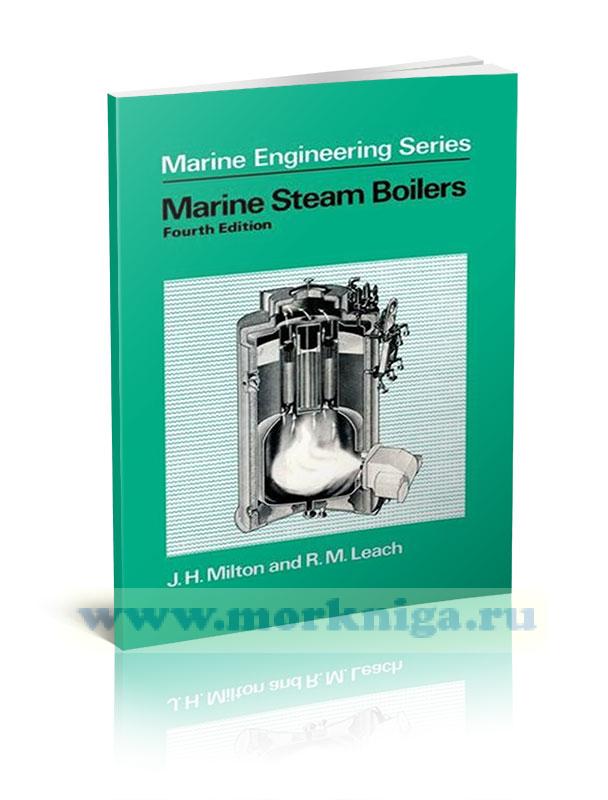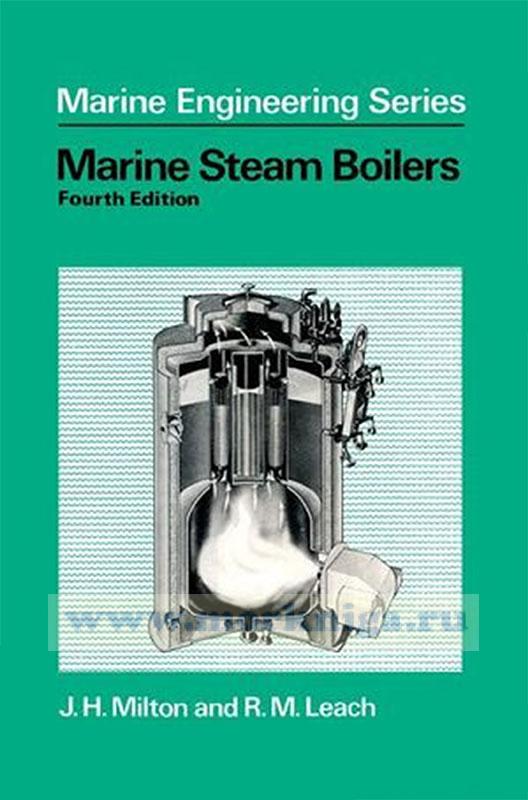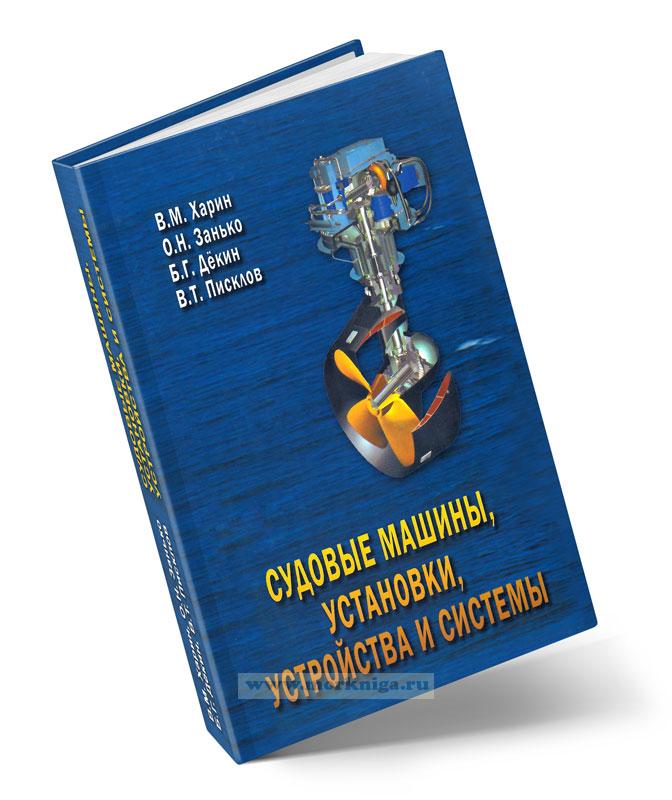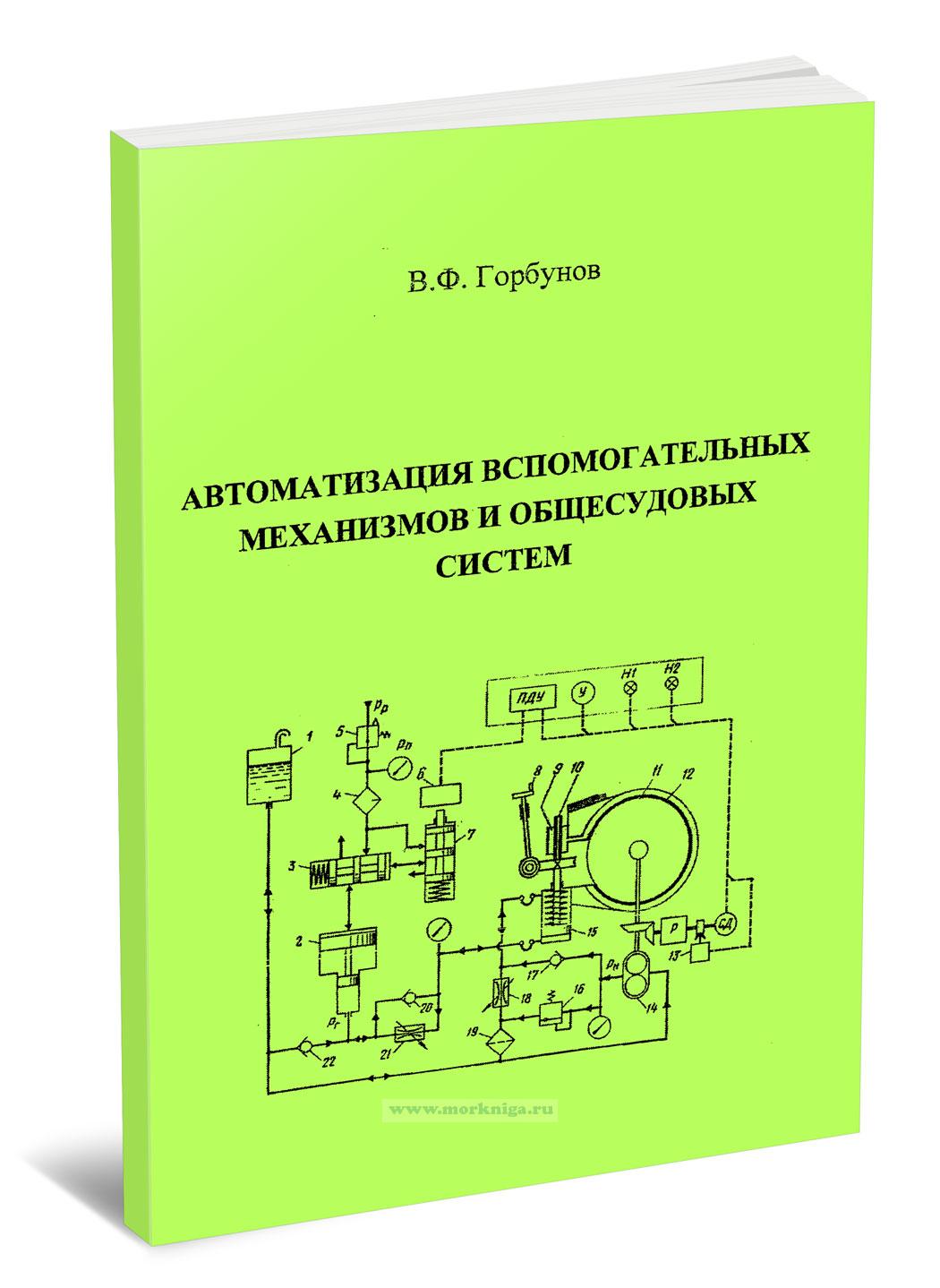Marine Steam Boilers. Морские паровые котлы
Издание на английском языке.
The marine engineer today is faced with a subject of immense scope due to the wide variety of types of propelling machinery, both steam and oil. High speed passenger liners, for which steam power remained supreme for over sixty years, are no longer commonplace and the present day role of steam for propulsion is in vessels of very high power such as large tankers and fast container ships. The choice of steam for propulsion of tankers is favourably influenced, to some extent, by the fact that steam is additionally a convenient means of cargo heating and pumping.
Nowadays, very few oil-engined vessels are built without a steam boiler of some description being included in the machinery installation and, in the case of oil-engined tankers, it is quite usual to find a pair of large auxiliary water tube boilers - often of double evaporation type. The increase in the number of shipbuilding nations in recent years has brought about a similar increase in the types of main and auxiliary boilers available to the shipbuilder, and a corresponding need for marine engineers to keep abreast of all such developments.
Contents
1.Historical development of the marine boiler
2.Theoretical development of the marine boiler
3.Various types of boilers


 Судовые машины, установки, устройства и системы
Судовые машины, установки, устройства и системы  Автоматизация вспомогательных механизмов и общесудовых систем
Автоматизация вспомогательных механизмов и общесудовых систем